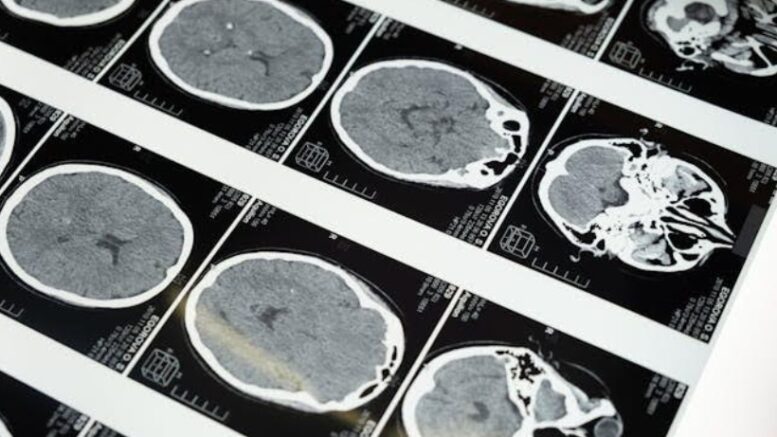When the body is experiencing a degrading wellness or acute injury in regard to brain or spinal cord function, every day counts — not just for healing, but for laying the foundations for life after injury. In Germany, early neurological rehabilitation is not treated as an optional extra; it’s built into care from the moment it’s safe to begin. Here, it’s about using that precious early window to guide the brain, protect the body, and set a course for sustainable progress.
Early Rehabilitation: A Core Best Practice
If there’s one principle every top neurorehabilitation center in Germany stands by, it’s this: start as soon as the patient is stable enough. Waiting too long means missing the brain’s most flexible period. Specialists in Early Neurological Rehabilitation deal with a wide range of neural conditions from memory loss to conversion disorders, and aphasia — working side by side, sometimes right in the ICU, to begin targeted activities without overwhelming the patient.
Some crucial foundational principles and core methodologies of a modern, effective early neurorehabilitation program include;
- Harnessing neuroplasticity: Help in supporting long-term functional gains- regain basic functions like consciousness, awareness, communication, and swallowing
- Specialized monitoring: Experienced therapists undertake continuous observation and real-time data collection with advanced motion sensors and neurofeedback systems, adjusting the plan accordingly to personalize treatment, track progress.
- Gentle, purposeful movement: Even the smallest, safest actions are designed with a bigger goal in mind — getting the brain and body talking again.
That is where experience matters — knowing how far to go without causing setbacks.
Maximizing Recovery in the First Six Months
Research and clinical experience both agree: most major gains happen in the first half-year after injury. That’s why German clinics put exceptional resources into this period — robotics, balance systems, task-specific training — because it’s when the return is greatest.
Crucial strategies to a highly personalized and technologically-supported recovery are;
- Building new neural connections: Therapists leverage use-it-strengthen-it principle with task-specific, high‑quality movement patterns to strengthen brain’s alternative pathways.
- Adaptive technologies: From robotic exoskeletons to VR training, patients get tools that speed up learning without adding strain.
- Personalized pacing: No two patients heal at the same rate; close observation means sessions are challenging but never counterproductive.
The focus here isn’t just speed — it’s about quality recovery that holds up in real life.
Preventing Secondary Complications
One of the silent dangers after a neurological injury is what happens when the body stays still too long. In Germany’s early rehab programs, preventing these problems is just as important as improving function.
- Stopping muscle atrophy: Medical experts use functional electrical stimulation and gentle load-bearing activities to keep muscle fibers active. Nutritional guidance also helps provide the essential building blocks
- Avoiding joint stiffness: Range monitored motion exercises- either passively or actively without overexertion.
- Protecting skin health: Pressure-mapping beds and frequent repositioning routines guard against bedsores before they start.
That isn’t “extra care” — it’s essential groundwork that saves months of frustration later.
Early Phase: Desensitization and Basic Awareness
For some patients, the first hurdle isn’t weakness — it’s discomfort or disconnection. The skin may overreact to touch, or not register it at all. German rehabilitation teams handle this with both patience and precision to help in;
- Reducing hypersensitivity: Very soft tools — a cotton ball, silk, or a feather-light brush — are introduced to rebuild tolerance.
- Relearning touch awareness: Therapists combine practical activities, sensory challenges, and hands-on guidance while using neuroscience-based therapy programs
- Structured progression: As comfort grows, textures and pressures are varied, always with the patient’s feedback guiding the pace.
It’s slow, detailed work — but it’s where functional touch begins to return.
In conclusion, while a child’s brain is naturally more plastic, the principle of promptness applies to every age. Quality initial neurological rehab gives the entire nervous system, including all peripheral nerves best chance for optimal functionality despite the inflammatory effects. With skilled guidance, specialized tools, and timely intervention, progress is not just possible — it’s far more achievable. The result is a start to recovery that’s not just hopeful, but built to last.
